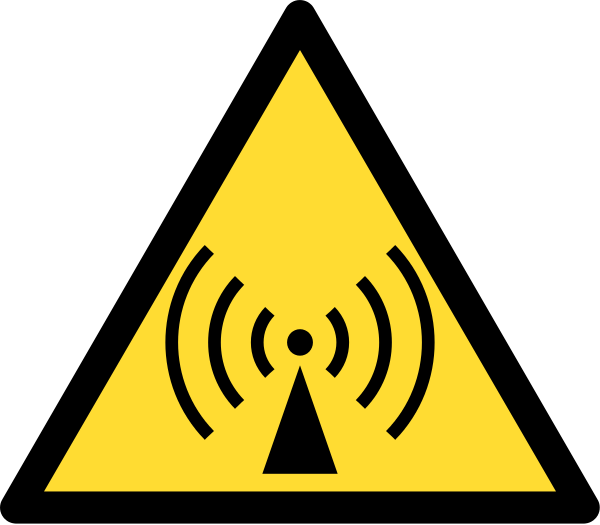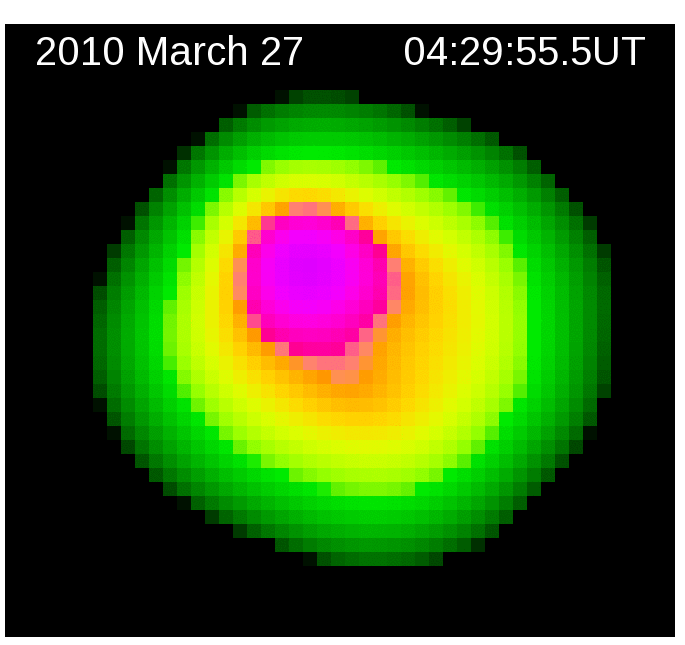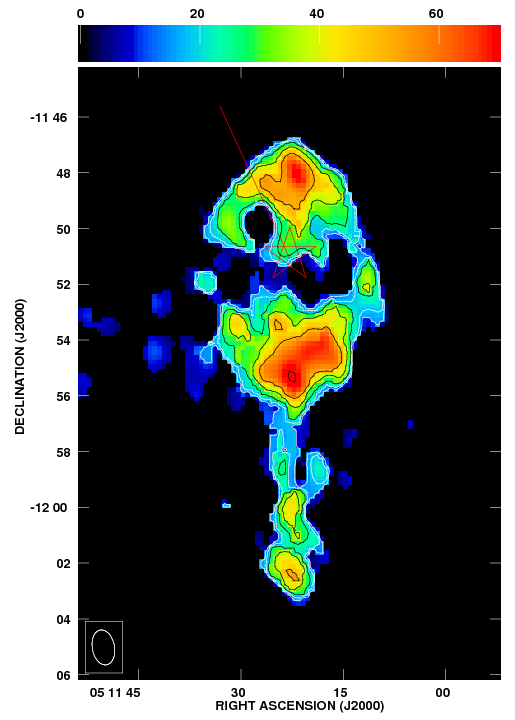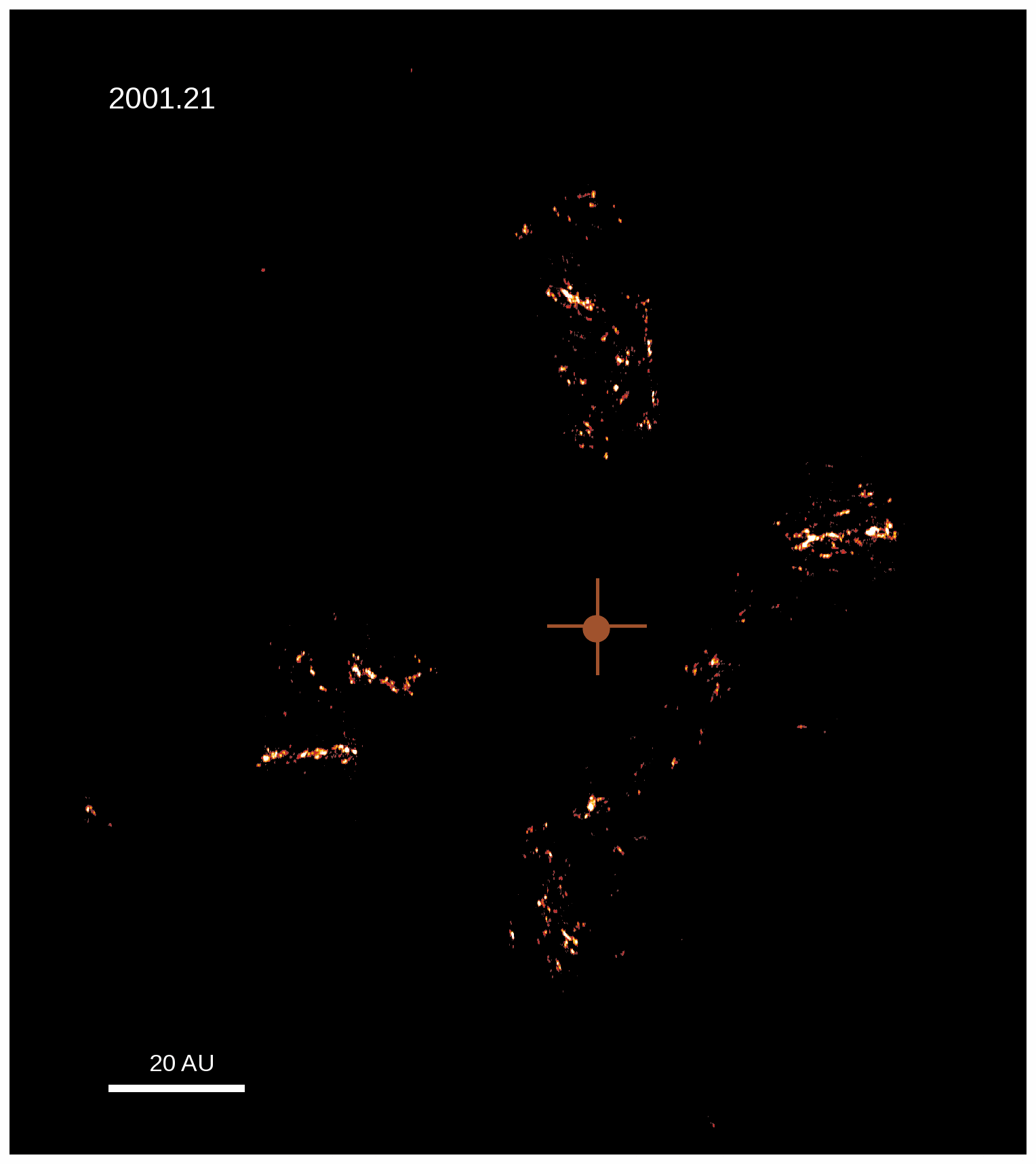
 Background: All of the stars in our Milky Way Galaxy emit radio waves. Depending on the type of star, this radio emission can stem from a wide variety of physical processes. Observations of stellar radio emission provide insight into phenomena that cannot be studied by any other means. Current Research: My own research on stellar radio emission focuses primarily on evolved stars, including asymptotic giant branch (AGB) stars, Cepheid variables, and red supergiants. My current and recent projects include:
Facilities: Radio telescopes that I am using for studies of stellar radio emission include:
Links: Review paper "Radio Stars: from kHz to THz" (Matthews 2018, PASP, in press) Review paper "Radio Stars and Their Lives in the Galaxy" (Matthews 2013, PASP, 125, 313) Talks and other information from: "Radio Stars and Their Lives in the Galaxy" workshop held at Haystack Observatory in October 2012 and the "Radio Stars: from kHz to THz" workshop held in November 2017. The "Radio Stars" Podcast Series. Image Gallery:  The nearest radio star is our own Sun. Here is a movie that I made in March 2010 of a solar burst at a wavelength of about 1.5 meters using the Murchison Widefield Array 32-tile prototype array. At these wavelengths, the Sun appears nearly twice as extended as at visual wavelengths and the radio emission originates from thermal bremsstrahlung emission from the corona (which stays relatively constant in time) and coronal plasma emission, which can vary rapidly in time. For additional information and more movies, see Oberoi et al. (2011, ApJ Letters, 728, L27). 
Asymptotic giant branch (AGB) stars undergo significant mass loss through cool stellar winds, leaving the stars surrounded by extensive circumstellar envelopes of gas and dust. Atomic hydrogen (HI) in these circumstellar envelopes emits radio waves at a wavelength of 21-cm. This is an image of the HI emission surrounding the AGB star RX Lep made with the Very Large Array. The star is moving through the Galaxy at a speed of nearly 60 km/s, leading to a wake of debris trailing behind the star. The shell and tail seen here span more than 2 light years in the plane of the sky. For further details, see Matthews et al. (2013, AJ, 145, 97). 
The radio source in Orion known as Source I (pronounced "source eye") is a massive young star (or most likely, a pair of stars) in the process of its formation. It is so heavily embedded in the dusty material from which it is forming, that it has no counterpart at optical or infrared wavelengths. This movie shows the evolution of molecular gas (as traced by silicon monoxide masers) surrounding Source I over the course of nearly two years. Each frame of the movie is a separate image made using the Very Long Baseline Array, which provides an angular resolution of 0.5 milliarcseconds (0.2 astronomical units at the distance of the star). The observed proper motions and kinematics of the maser-emitting gas trace a disk and wide-angle outflow, which are hallmarks of the star formation process. For further details, see Matthews et al. (2010, ApJ, 708, 80). |